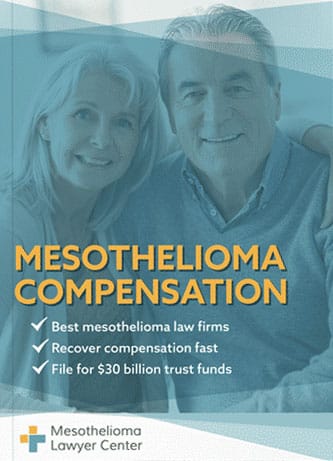Failure of 3M Mask Blamed for Mesothelioma
Protective gear can be an invaluable tool in the fight against mesothelioma, but only if it works. The failure of a 3M mask to block asbestos, and the company’s knowledge of their product’s defects, was the focus of a recent lawsuit, and though the victim lost his original case, an appeals court has ordered that it be reheard due to mistakes that were made by the court.

3M Mask Worn by Asbestos-Exposed Man Failed
Mesothelioma victim Larry Roemmich spent decades working at Puget Sound Naval Shipyard. His job as an insulator exposed him to asbestos, but for several years he wore a 3M mask that was supposed to keep him from inhaling the toxic substance. He and his wife learned that 3M had been warned about defects in their mask, but chose not to pass those warnings on to the public or to their customers.
The Roemmiches filed a mesothelioma lawsuit against 3M, providing evidence that the company had been warned of their masks’ leaks by the National Institute for Occupational Health (NIOSH) but had not passed that information on: in fact, they continued advertising the masks as effective protection against asbestos.
3M Shifts Blame to Mesothelioma Victim’s Employer
In defending itself against the mesothelioma suit, 3M argued that Puget Sound Naval Shipyard had been negligent for having relied upon their assurances and the assurances of the Bureau of Mines. They argued that the shipyard having provided the faulty masks had created a superseding cause that negated their own liability.
Though the decision in the mesothelioma case favored 3M, the Roemmiches appealed based on explanations that had been provided to the jury. They petitioned the appeals court for the case to be reheard because the jury had been given incorrect information on the difference between proximate and superseding causation. The justices of the Court of Appeals of Washington agreed, writing, “We agree that the trial court gave an erroneous proximate cause instruction when it combined the “but-for” causation standard with the substantial factor standard. And we agree that the court erred in giving the superseding cause instruction. Both errors prejudiced the Roemmiches with respect to their negligence claim.” The couple will have another chance to get justice.


FREE Financial Compensation Packet
- Info on law firms that will recover your HIGHEST COMPENSATION
- Learn how to get paid in 90 days
- File for your share of $30 billion in trust funds

